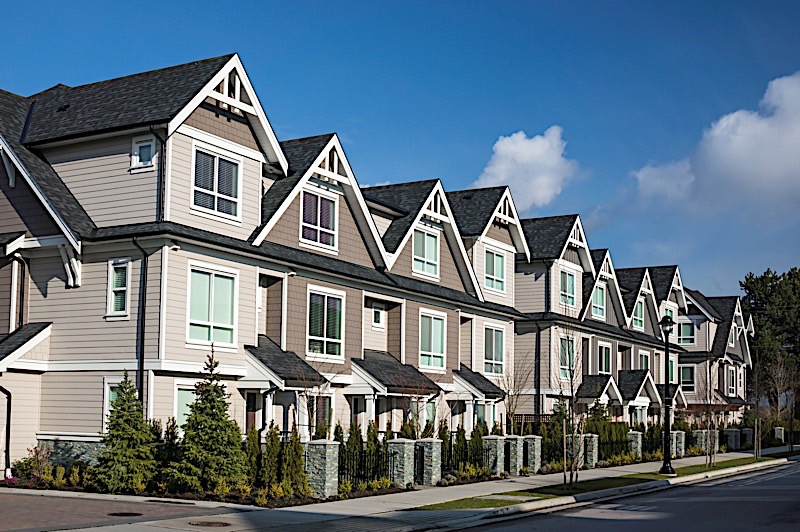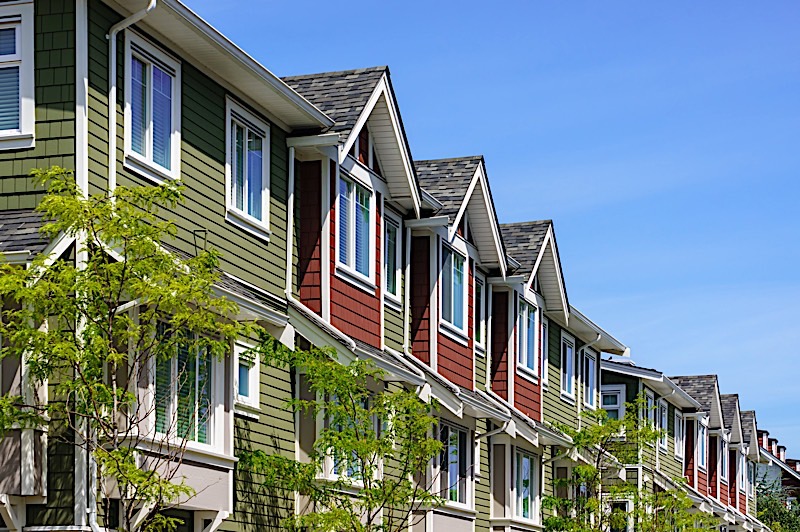How To Increase The Value Of Your Multifamily Investment Deal
By Than Merrill
Have you ever wondered how to increase the value of your multifamily investment deal? Don’t worry, you are not alone. As multifamily investors, it’s only natural to want to maximize your profit margins. It’s worth noting, however, that increasing the value of your rental property isn’t something that will happen over night. There are a number of things you can do to increase the value of your multifamily investment deal, but they will take equal parts tact and patience.
Increase The Value Of Your Multifamily Investment Deal
Again, increasing the value of your multifamily investment deal won’t happen in a moment’s notice, but it’s entirely possible to do so with the right steps in place. That said, there are three specific strategies I recommend using if you want to improve the bottomline on your multifamily investment property. And, in no particular order, they are as follows:

1. Eliminate Vacancies
I am going to assume we are all familiar with the concept of supply and demand; the idea that demand and an inherent lack of supply will drive up prices. It has served the foundation of economics since its inception, and the idea that even multifamily rental properties are subject to the laws of supply and demand shouldn’t surprise anyone. That said, it’s fair to assess each multifamily property as its own economy, and the units are (surprise, surprise) the commodities it deals in. Having said that, the more units that are available (vacant), the harder it will be to charge a premium.
On the other hand, if demand continues to fill units, it’s conceivable that you can charge a much higher rent. So with that in mind, the “simple” act of reducing vacancies works two fold: investors can not only refrain from worrying about lost income, but they can also rest assured vacancies won’t bring down their prices; quite the contrary actually. Fewer vacancies can actually prompt a savvy landlord to raise prices, and justifiably so.
2. Implement A Utility Billing System
Not surprisingly, most multifamily properties aren’t built with independent electrical and plumbing facilities for each unit. In other words, it’s difficult to track the utilities being used on a monthly basis. As a result, few landlords actually charge their tenants for utility services, which can significantly impact their bottom line. It’s worth noting, however, that it doesn’t need to be that way. If the tenants are using the utilities, they should be responsible for paying them, or at least their share. I maintain that multifamily investors need to implement a utility billing system. In doing so, they will be able to bill back a portion of the utilities to the tenant. The billing system should include water, sewage, electrical and garbage. And since most multifamily dealings don’t have regulators in place to discern who is consuming what utilities, you can base your billing system on a number of factors — not the least of which include the square footage of the unit and the number of occupants.
Remember, this is something that must be worked out before a lease is signed. Don’t try and bring a billing system up to a tenant after they move in. A small billing system like this can go a long way to increase the value of your multifamily investment deal. Instead of you taking the utility hit every month, your tenants will pitch in their own capital. Every little bit helps.
3. Strategic Rental Increases
Increasing the rent will certainly increase the value of your multifamily investment deal — no surprise there. It’s worth noting, however, that there is a tactful way of going about implementing rate increases, and a not-so tactful way. The latter will have landlords increase rents at their will without research or regard for the wellbeing of their tenants. The former, however, can be accomplished without impacting renter sentiment in a negative way.
In reality, no tenant will enjoy being subject to a rate increase. It’s a sad truth, but a reality, nonetheless: rent increases will always draw the ire of tenants. However, there is absolutely nothing wrong with adjusting your prices to coincide with market averages. The second you start to gouge tenants you will notice an increase in vacancy rates, so there is a fine line. So I recommend taking those tenants with leases set to expire and informing them of an impending rate increase, well in advance of course. The sooner you can tell them, the better. Inform them it is to comply with market averages, and there is a good chance they will understand. Not only will the rate increase help your bottom line, but future tenants won’t be surprised at the sticker price either.
There is one more thing: in raising the rents, don’t hesitate to make a few upgrades. Now, you don’t need to renovate the entire property, but a fresh coat of paint or some new appliances could go a long way in preventing tenants from running when you tell them prices are rising. Not surprisingly, justifying a rent increase with new features or added amenities goes over a lot better than doing so without making any changes at all. Identify those amenities that have the best return on investment, and you should be good to go. I recommend new front doors, a fresh coat of paint, or even a security system. None will break the bank, but all will be much appreciated.
If you want to increase the value of your multifamily investment deal, there is a lot that can be done. However, the three strategies I outlined above have been met with a great deal of success. Given enough time and tact, there is no reason you shouldn’t be able to increase the value of your multifamily property by implementing these three strategies.